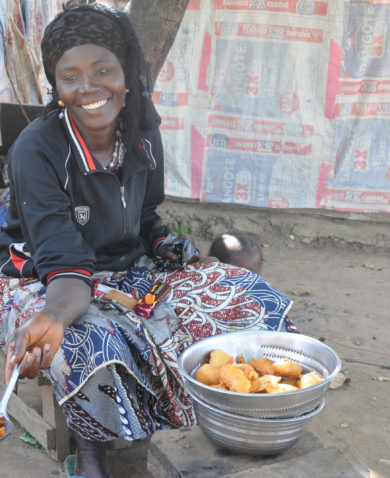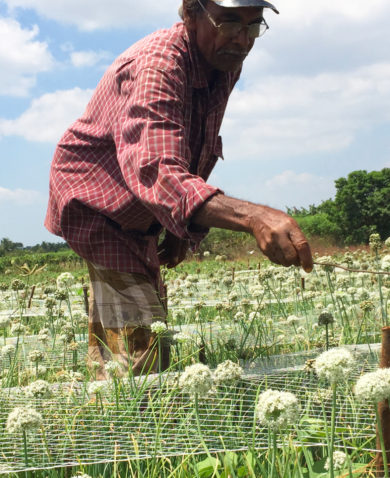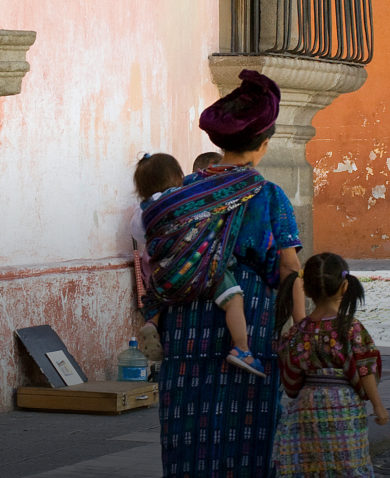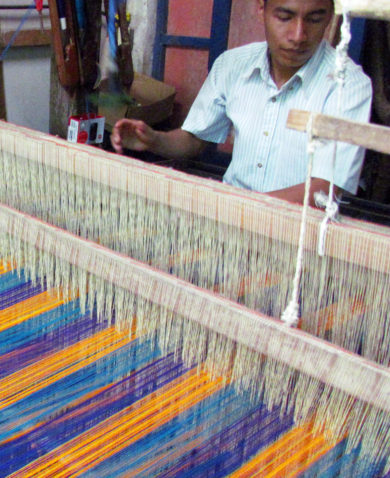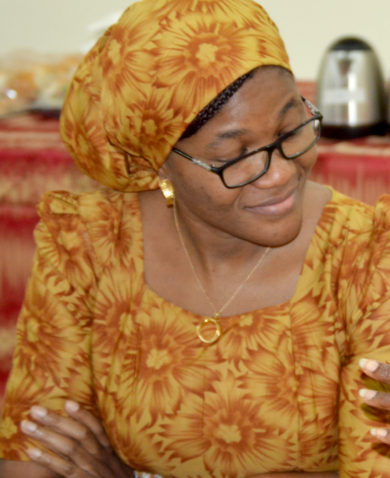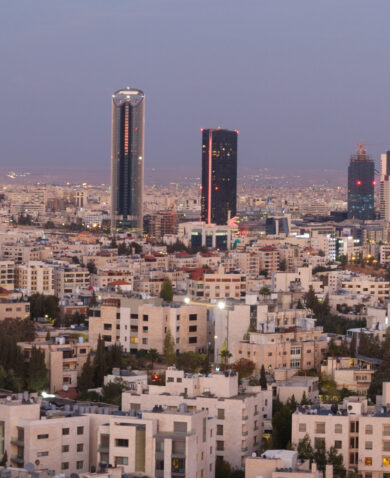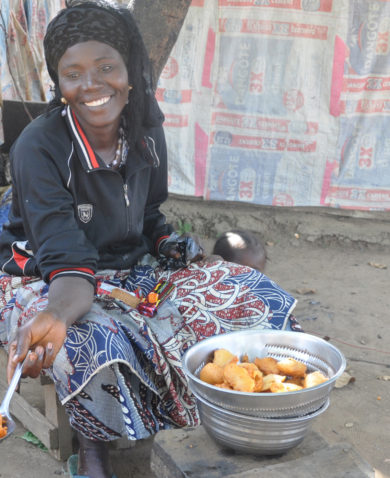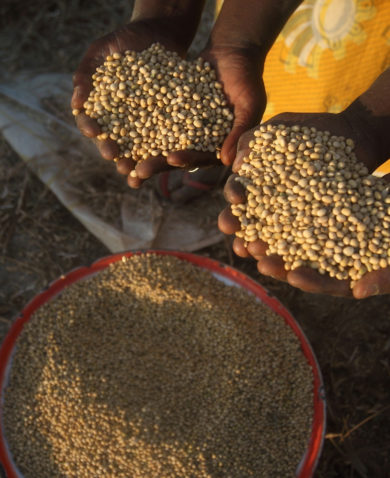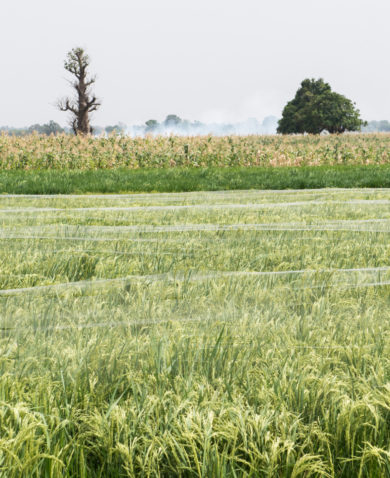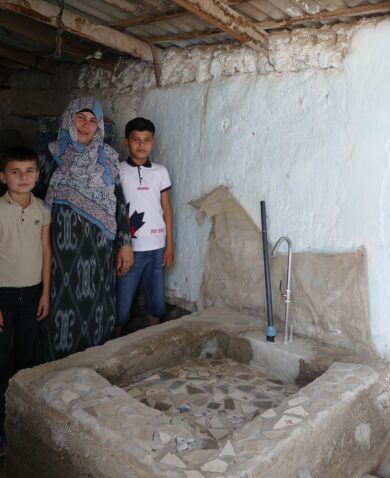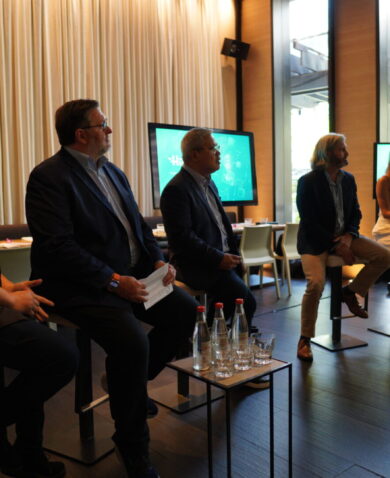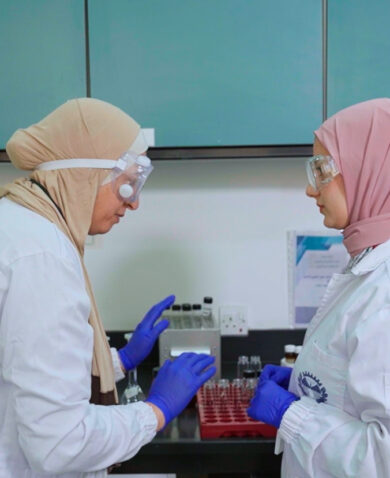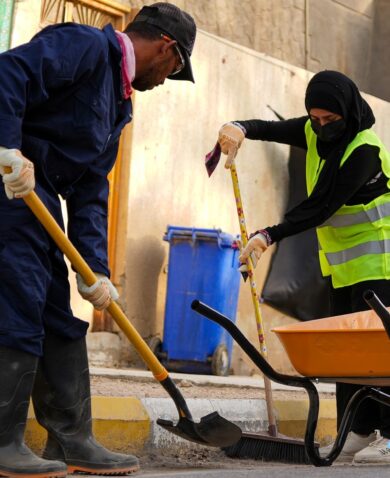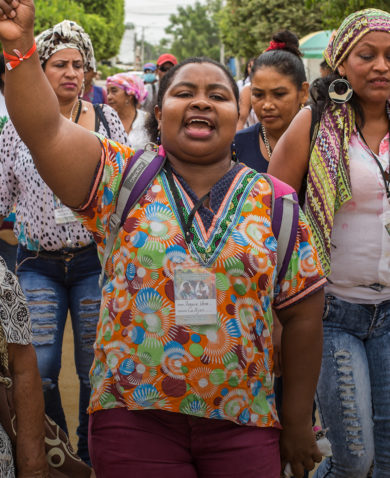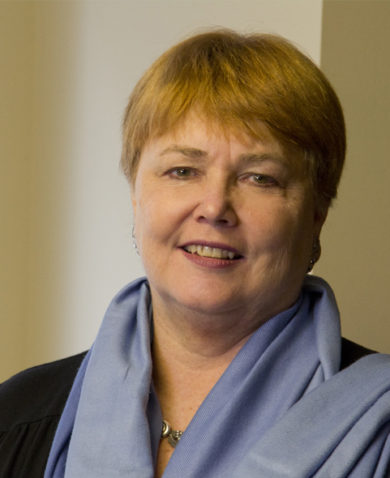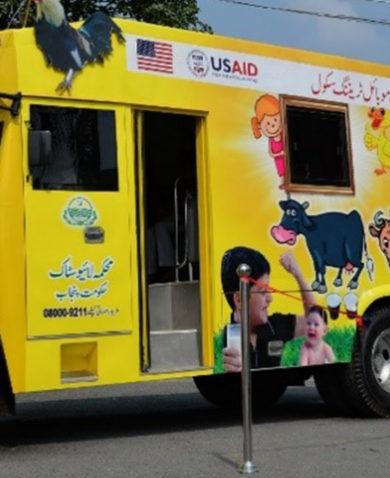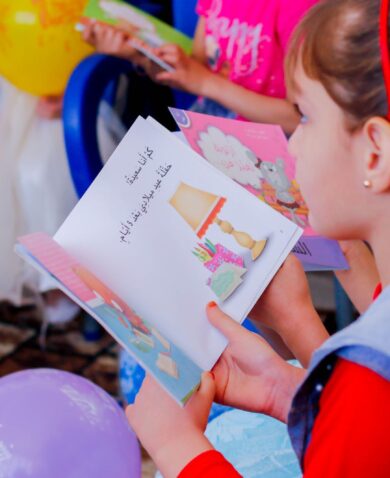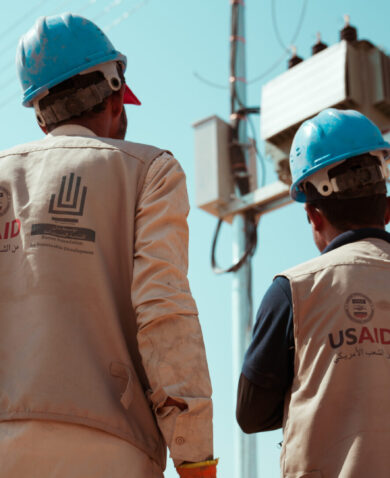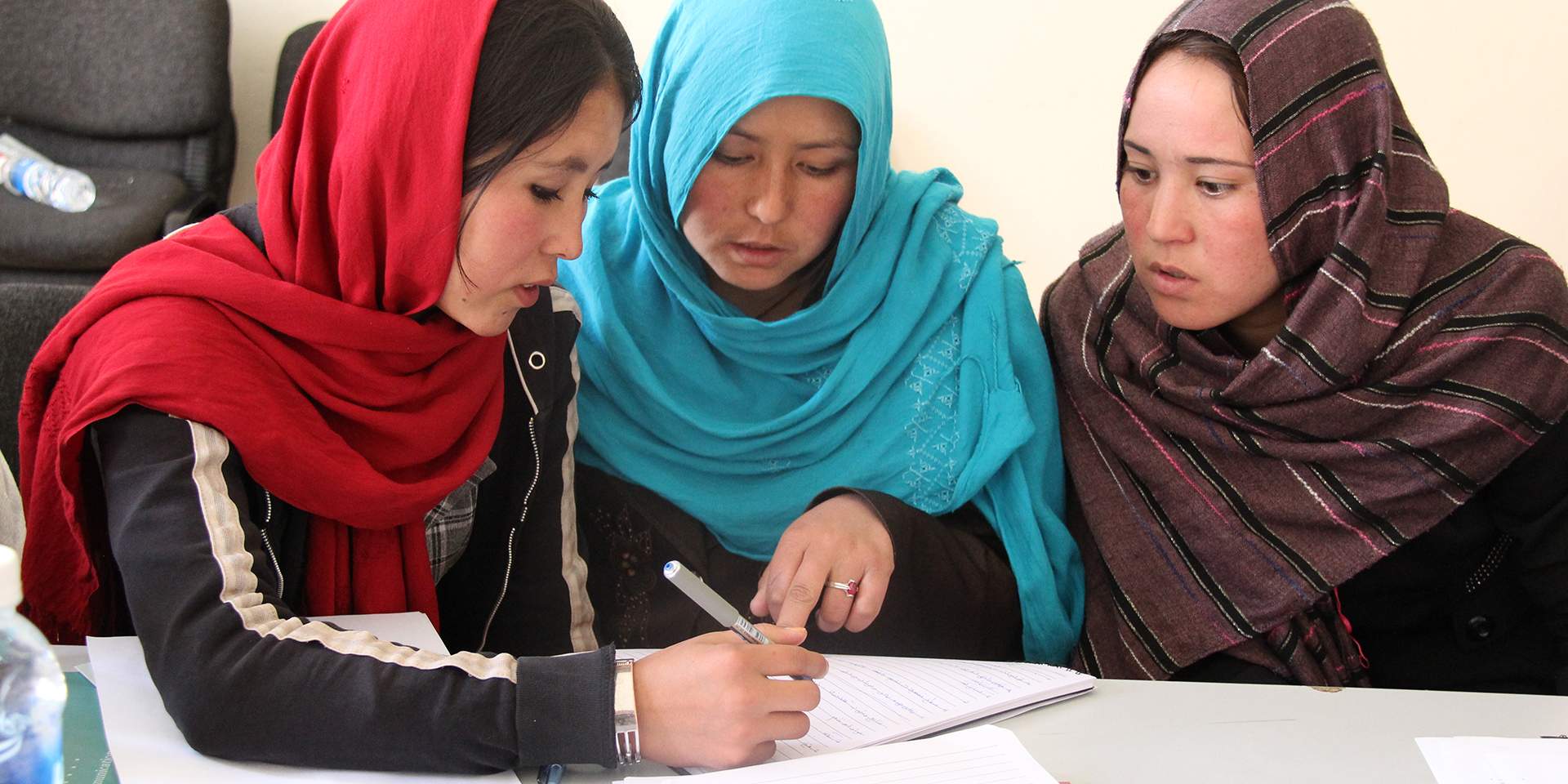
The Connection Between International Trade and Women’s Economic Empowerment
January 21, 2016 | 2 Minute ReadStacy Edgar, co-author of a new resource on integrating gender into trade programs, discusses the impact of international trade on women's economic empowerment.
The business case for promoting in women’s economic empowerment is clear. According to a recent McKinsey Global Institute Report, expanding and improving women’s economic participation can add as much as $12 trillion to $28 trillion to the global GDP by 2025. In addition, as studies consistently affirm, an investment in a woman’s economic empowerment is an investment in the health, education, and security of her family.
With new international trade agreements, such as the Trans Pacific Partnership (TPP), in the works, now is an important time to ask: How does international trade impact women’s economic empowerment?
Broadly speaking, we know that trade liberalization has tended to increase formal job opportunities for women and expanded market opportunities for women-owned firms. However, it can also exacerbate inequalities and worsen women’s economic and social status. For example, trade liberalization tends to widen wage gaps between men and women in countries where women’s relative access to education is poor. Women’s businesses also tend to be smaller in emerging markets and often lack access to finance, markets, and infrastructure that enable cross border trade and report lower levels of “internationalization” than those own by men. While international trade is an opportunity to promote women’s economic empowerment, the record is certainly mixed.
To help think through these considerations, USAID enlisted the Asia and Middle East Economic Growth (AMEG) project to develop a guidance document, which highlights resources and poses discussion questions designed to help development professionals design and manage trade capacity-building programs that equalize economic conditions for men and women.
Highlights
The guidance document, written by international trade expert Louise Williams of Nathan Associates and myself, looks at the different stages of international trade:
- Behind the border. Significant differences exist between how men and women participate in the economy, influenced by factors including access to economic opportunities, how their work is valued, and their relative representation at the professional, management, and leadership levels. These factors affect women’s access to formal business activity, markets, and finance and, in turn, their potential to export goods and services.
- At the border. Here we highlight the need for future research to improve our understanding of where women can be found at the borders, whether as officials representing customs, immigration, or other border agencies; purveyors of trade services such as transport, storage, freight-forwarding, or customs brokerage; or representatives of formal or informal enterprises sending their goods to non-domestic markets.
- Beyond the border. Although most of the world’s major trade agreements were not negotiated with explicit mindfulness of the different experiences of men and women with respect to economic participation, this beginning to change. In addition, there are increasing policy and programmatic efforts to diminish the vulnerability of female traders to gender-based violence “behind” or “at” the border.
Untapped opportunities exist to harness trade policy and trade facilitation as a vehicle to promote women’s economic empowerment. But as an important next step, there’s a lot we need to understand better. Women’s participation in international trade is often “hidden in plain sight” and in emerging markets, concentrated in the informal economy. This can complicate data collection and highlights the need for gender-sensitive research questions and methodologies that improve the quality and availability of sex-disaggregated data that consider the discrete interests and priorities of women in trade facilitation, tariff policy, non-tariff barriers, border agencies, trade finance, and single-window initiatives. It is also important to remember that while a trade policy may on the surface seem gender neutral, the context in which it is applied is not; it is essential to consider social norms – and existing inequalities to be directly addressed.









